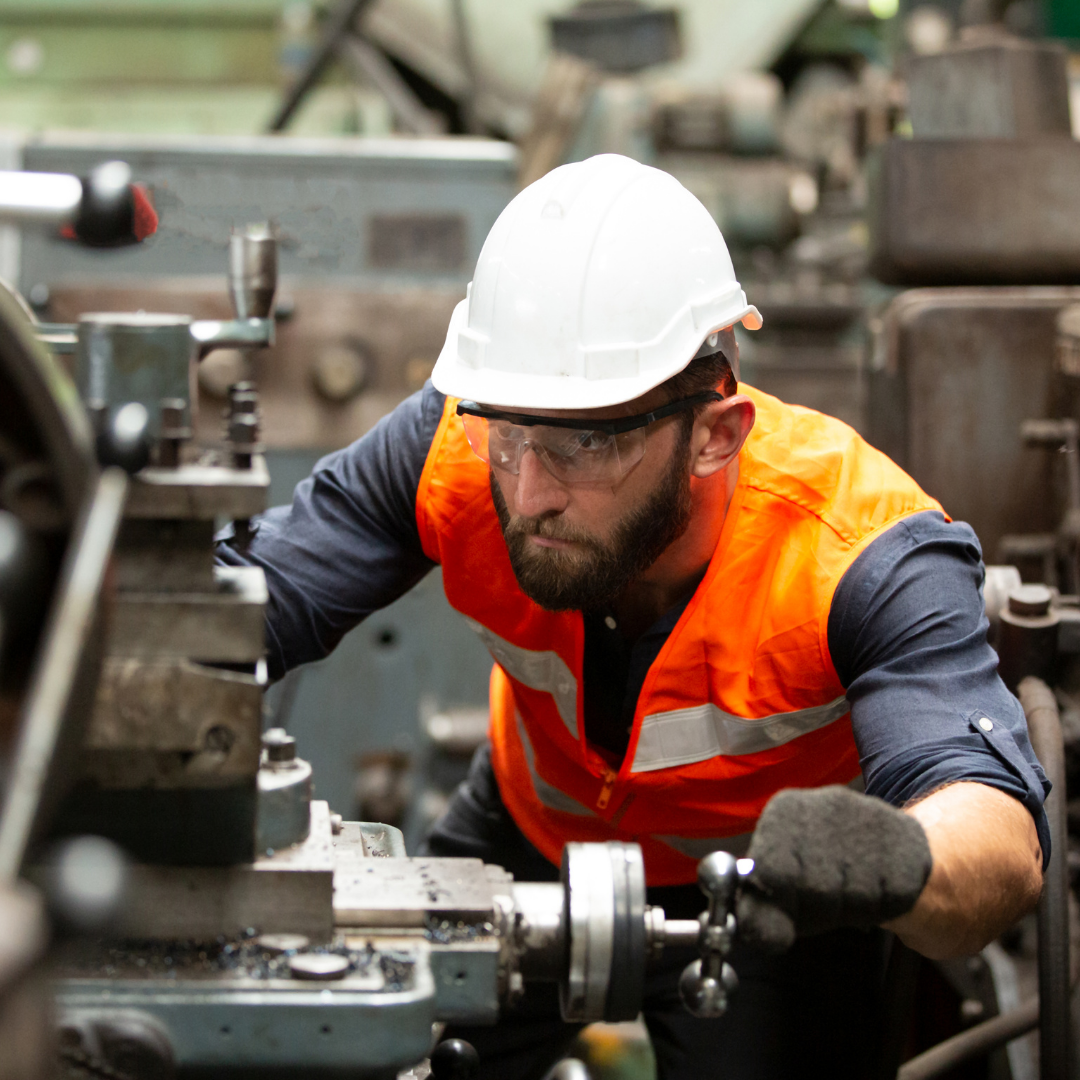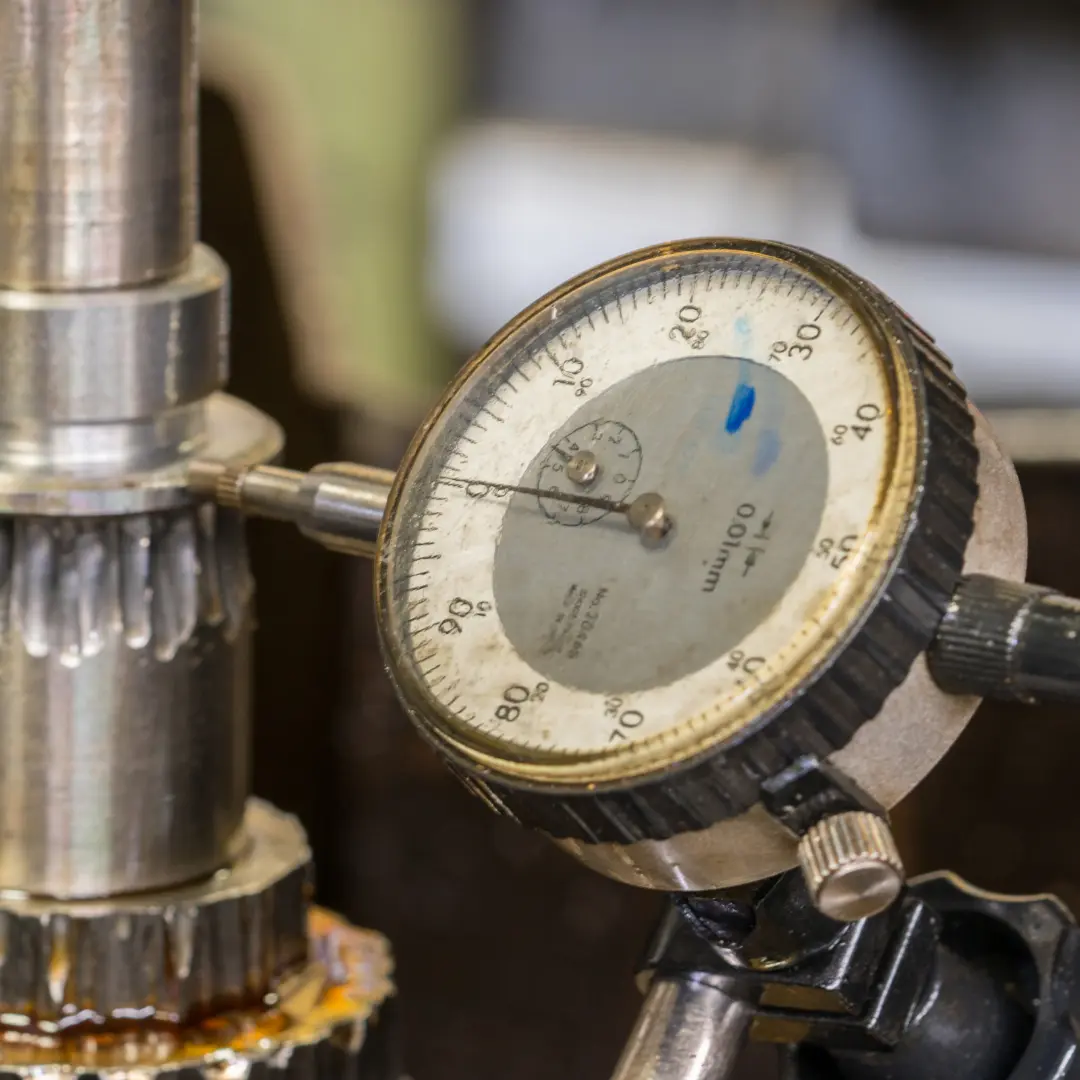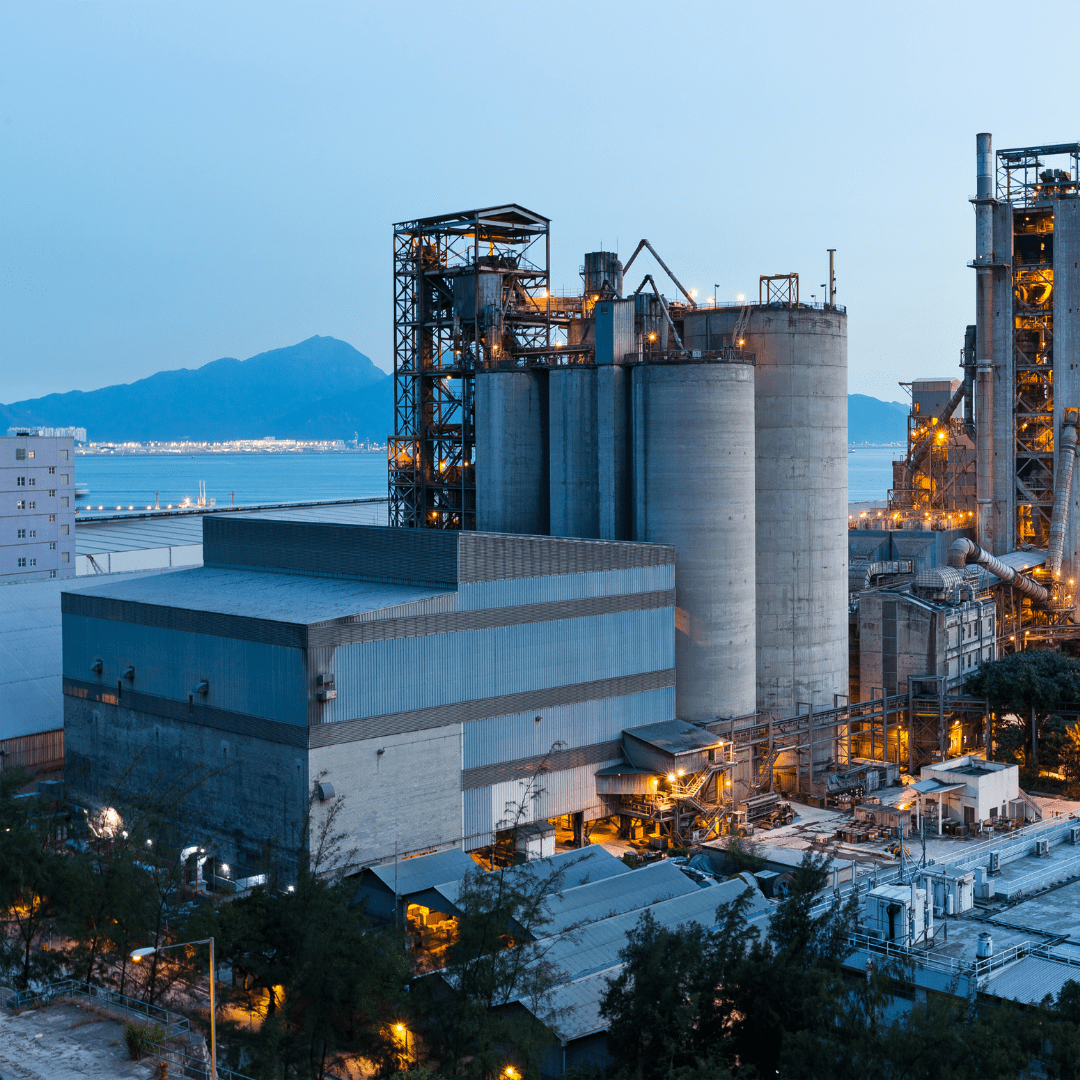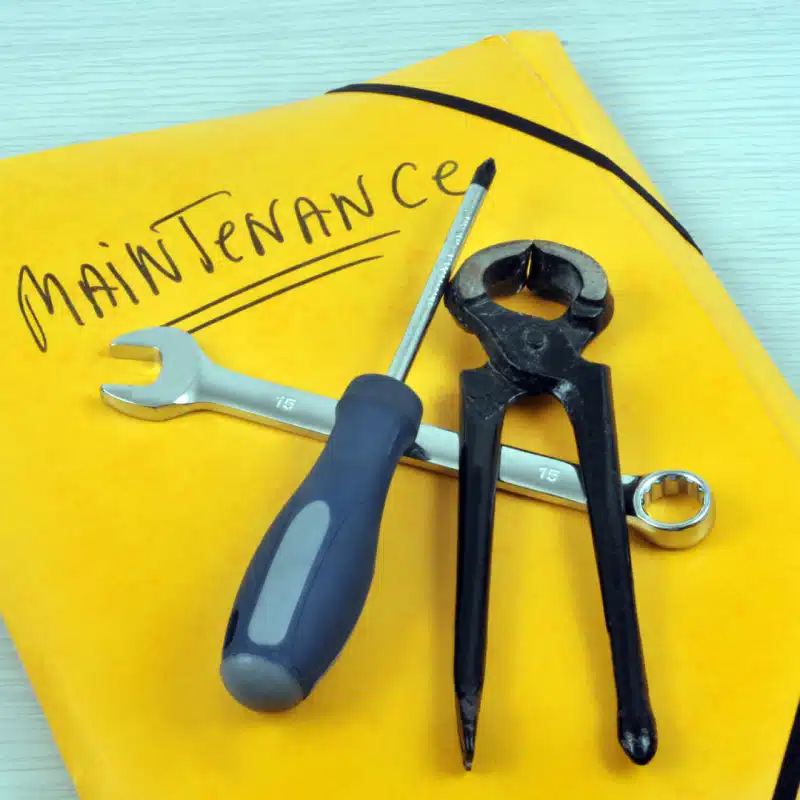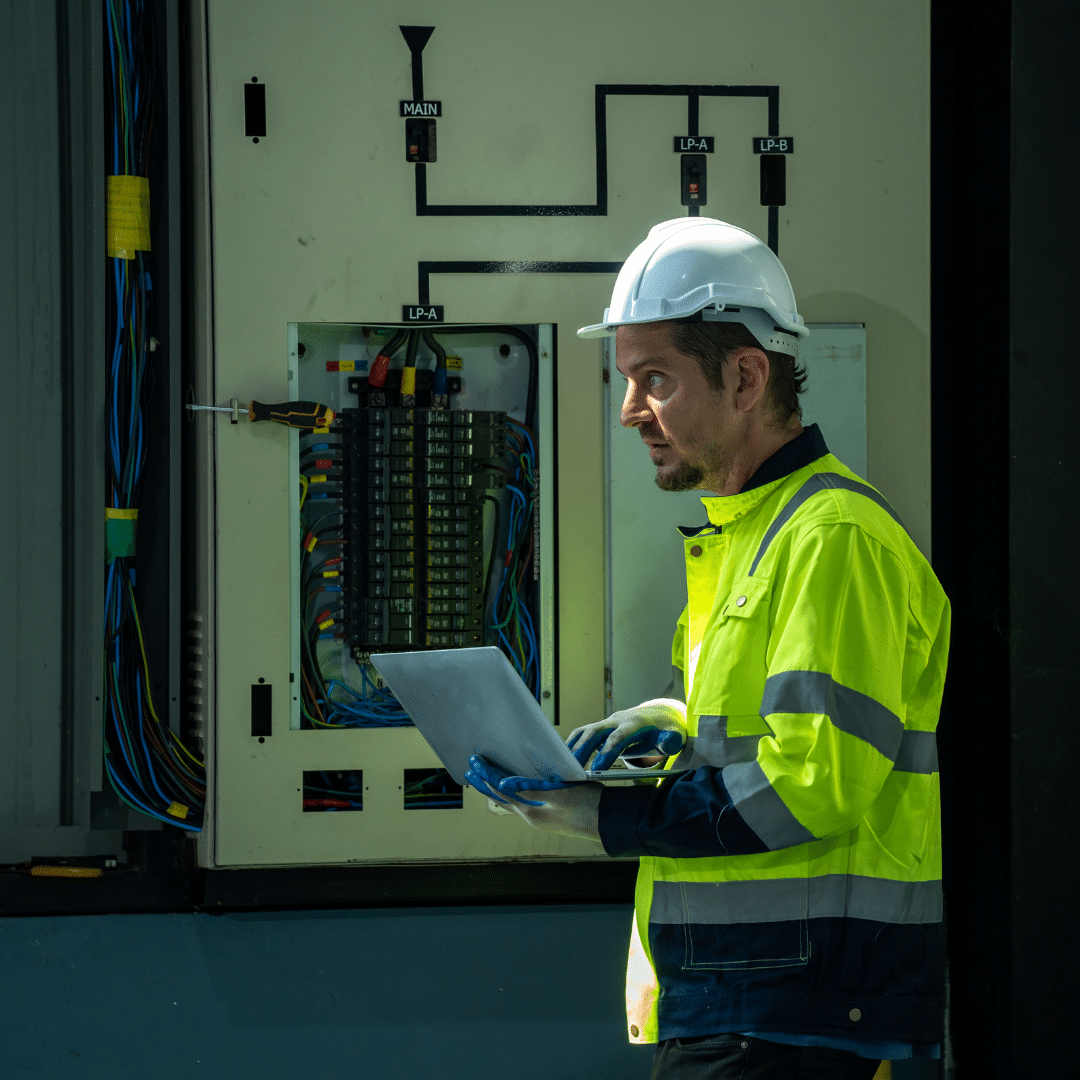What are Maintenance KPIs and Measurement Metrics?
Key performance indicators (KPIs) measure the performance of staff, department, project or company over time and how effective they are in achieving their goals. So What Are Maintenance KPIs?
Maintenance KPIs measure how well your operation is performing to achieve your goals, such as reducing asset downtime or lowering maintenance costs. These serve as a reference for your facility and indicate your team’s current status, how far you need to go, and what you need to do to get there.

Maintenance KPIs are goals we can measure that reflect the larger goals of the organization. For example, your organization’s ultimate goal should be to reduce maintenance costs by a certain amount. It’s as simple as saying you’ll reduce maintenance spend by 10% or production waste by 20%. When you give target numbers to these components, they become KPIs.
Although every facility has different goals, some of the most common maintenance KPIs include:
- Productivity
- Costs and expenses
- Security and compliance
- Asset performance
- Downtimes
- Work order management
- Inventory management
What are Maintenance Metrics?
Maintenance metrics are measurements that give you insight into how everything and everyone is working in your facility.
These metrics measure daily maintenance activities and, in doing so, paint a picture of how staff and assets are performing. These metrics also allow you to compare the impact of actions on your department’s end goals.
Measuring these numbers makes it easier to find your business’s strengths, weaknesses, and opportunities for improvement. Metrics tell you a lot about how daily tasks impact the big picture. This allows you to check out practical ways to improve your maintenance and operation.
For example, your maintenance department’s ultimate goal may be to reduce inventory costs. That’s the big piece moving forward. However, there are many different smaller actions that piece together small items like inventory accuracy and failure rates. These are maintenance measures.
Shared Maintenance Metrics
Every job in maintenance revolves around teams and machines. Optimizing the performance of personnel and assets is crucial to maintenance success. That’s why the most commonly used maintenance metrics deal with the way equipment and personnel operate.
There are three main categories of maintenance metrics, we can list them as follows. Asset, operational and inventory measurements. Understanding each helps connect the dots between actions and impact; so you can make informed decisions and increase efficiency in your business.
Asset Performance Metrics
- Repair time
- Time between failures
- Overall Equipment Effectiveness
Operational Metrics
- Percentage of Planned Maintenance
- Preventive Maintenance Compliance
Inventory Metrics
- Indorsement ratio
- Percentage of slow moving parts and percentage of old parts
What are the Differences Between Maintenance KPIs and Maintenance Metrics?
Maintenance KPIs and maintenance metrics are often used interchangeably. However, there is a difference between the two.
KPIs are numbers that tie maintenance performance to the progress of the organization, but metrics tie maintenance performance to maintenance operations. In other words, maintenance KPIs are a goal your business is aiming for, and maintenance metrics are your means to get to that goal.
For example, your business goal might be to increase your revenue by 20%. Income is directly affected by positions, i.e. If less equipment is operating, there will be less product production and sales.

Next steps
Next steps
Have you received enough information about Maintenance KPIs and Measurement Metrics?
repairist is here to help you. What are Maintenance KPIs? We can answer your questions about the software, provide information about the software’s key features and benefits, help you access a repairist demo, or even get a free trial.



